Rottweiler vs Tibetan Mastiff: Identifying the Better Mastiff Breed
The Rottweiler and the Tibetan Mastiff are both Mastiff breeds sharing the same ancestry. They are large, protective, and wonderful as pets although at first, they can be challenging to handle. Nevertheless, thousands of families worldwide who own either one of these large canines have found happiness and fulfillment in their presence.
Who wouldn’t be? They are strong yet affectionate and their loyalty to their family is often immeasurable. If you are thinking about getting your first dog and the Rottweiler and Tibetan Mastiff are your options, learning both breeds first will help you in your decision-making. All their details and more, only in this article!
Table of Contents
Breed Origins
Rottweiler
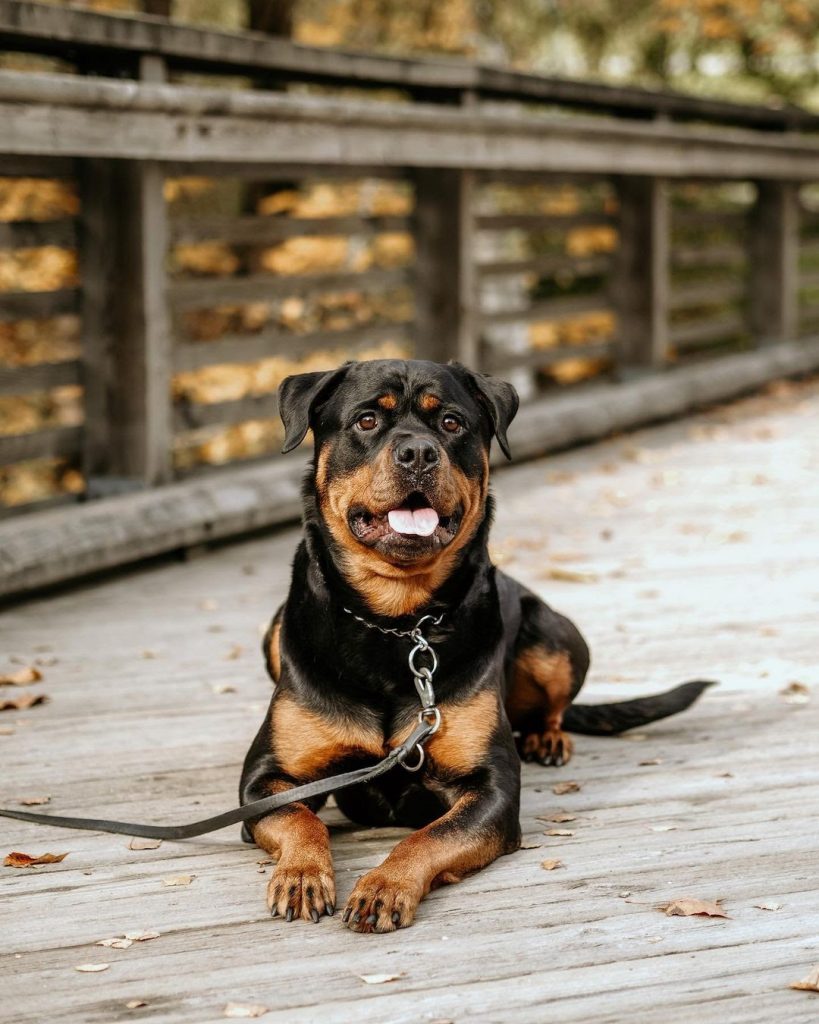

Rottweilers come from the Molossian Hound and they arrived in Germany with the Romans. As they passed through certain locations, the big dogs mated with the local ones and this developed a foundation for new breeds. One of the breeds is what we now know as the Rottweiler.
This large dog was an asset in the cattle industry as he used to drive the livestock to town to be butchered. The dog’s owner would tie a pouch around his neck where the day’s profit will be placed to ensure that no thieves would steal the money. Unfortunately, when rail transport was introduced, the dog’s demand became low.
Thankfully, things changed in 1901 when certain clubs took initiative in reviving the breed. Nowadays, aside from being considered as pets, the Rotties are also used as police dogs due to their excellence and impressive obedience.
Tibetan Mastiff
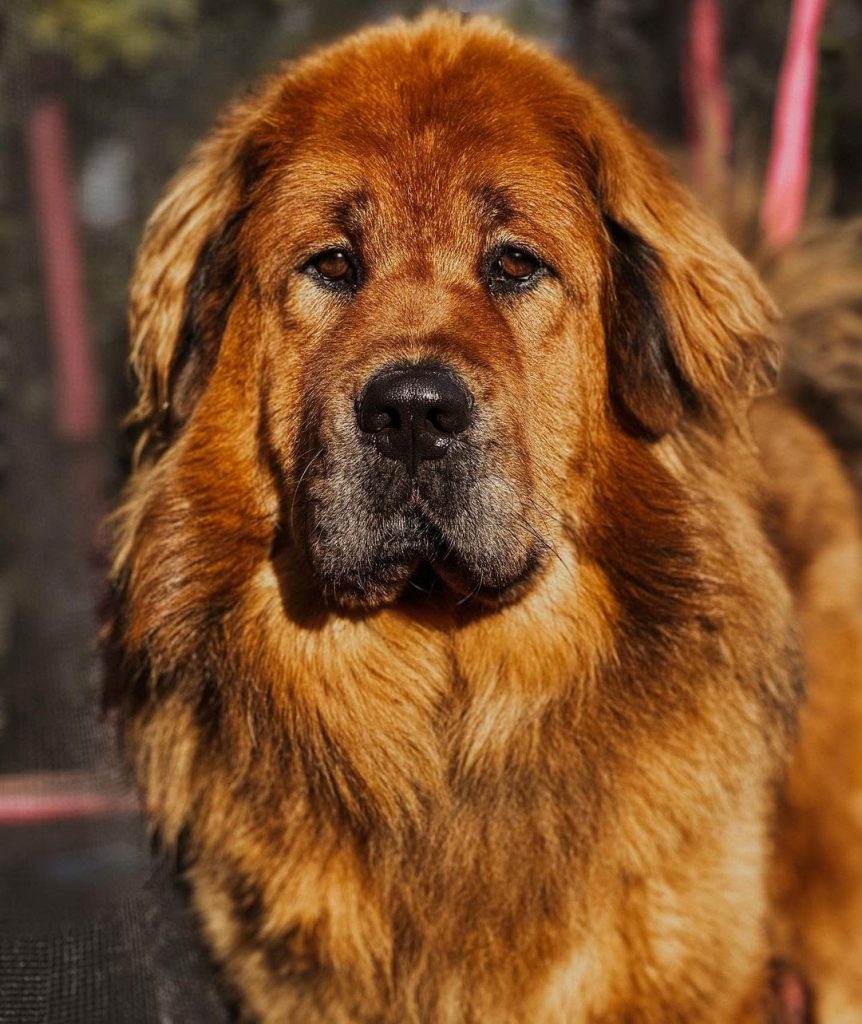

The Tibetan Mastiff has been around for a long period. It is believed that he comes from the Mastiff-type dogs some 5,000 years ago. Unfortunately, not a lot is known about him before 1800.
What we know of is that this canine is originally from Tibet and could be found in several other parts of Asia like the Himalayas and India. Over the years in his history, he developed into two types: the Do-Khyi and the Tsang-Khyi. They both served as powerful guardians for the livestock or the monks.
In the year 1873, the Kennel Club (UK) was organized and the Tibetan Mastiff was included in the Stud Book with its present name while leaving behind his old title as the “large dog from Tibet”. Gradually, its popularity started soaring in the West and more Tibetan Mastiffs were imported.
Size, Appearance, & Coloring
Rottweiler
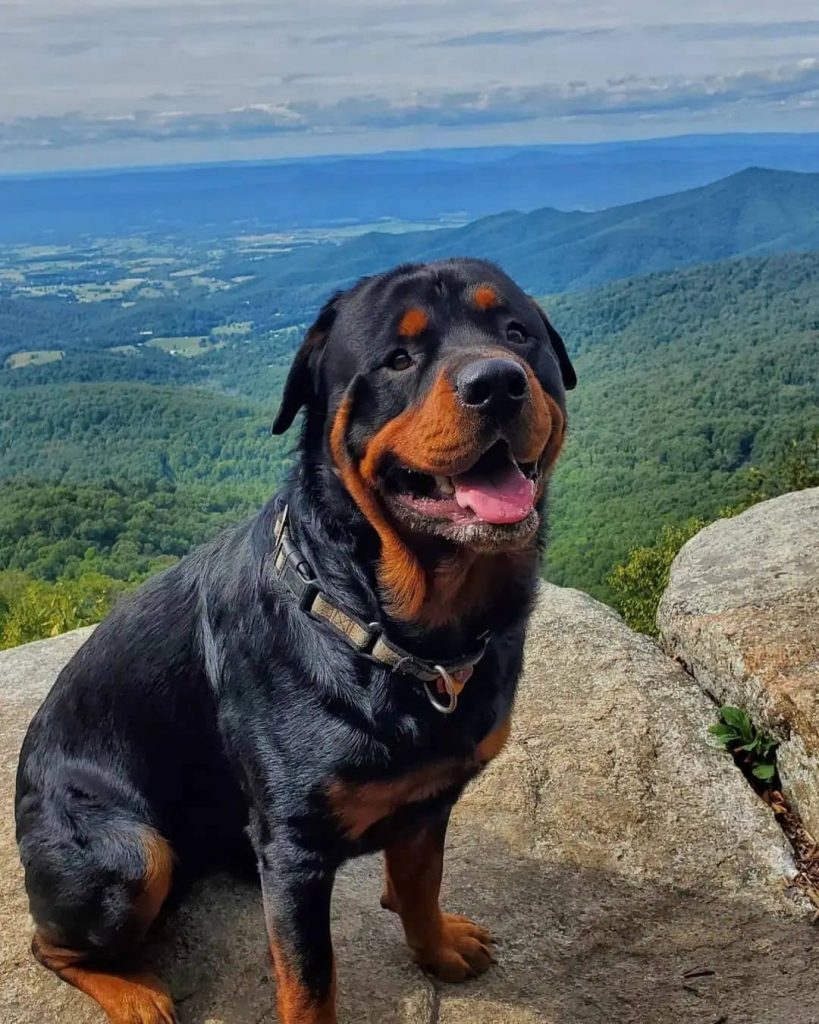

The Rottie boasts of his athletic form which also exhibits a stocky and solid build. In height, he can be 22 to 27 inches and 80 to 135 pounds in mass. Males are generally larger while females have distinct feminine features making each gender very identifiable. This dog has a wide skull, a scissor bite, and an impressive muzzle.
His ears hang down and are triangular, his eyes are brown, and his chest protrudes to the front. Some Rotties are docked while others get to keep their natural tails. They are known for their black coat and two tanned points on their eyebrows. Other markings of brown are visible in some parts of the body.
Tibetan Mastiff
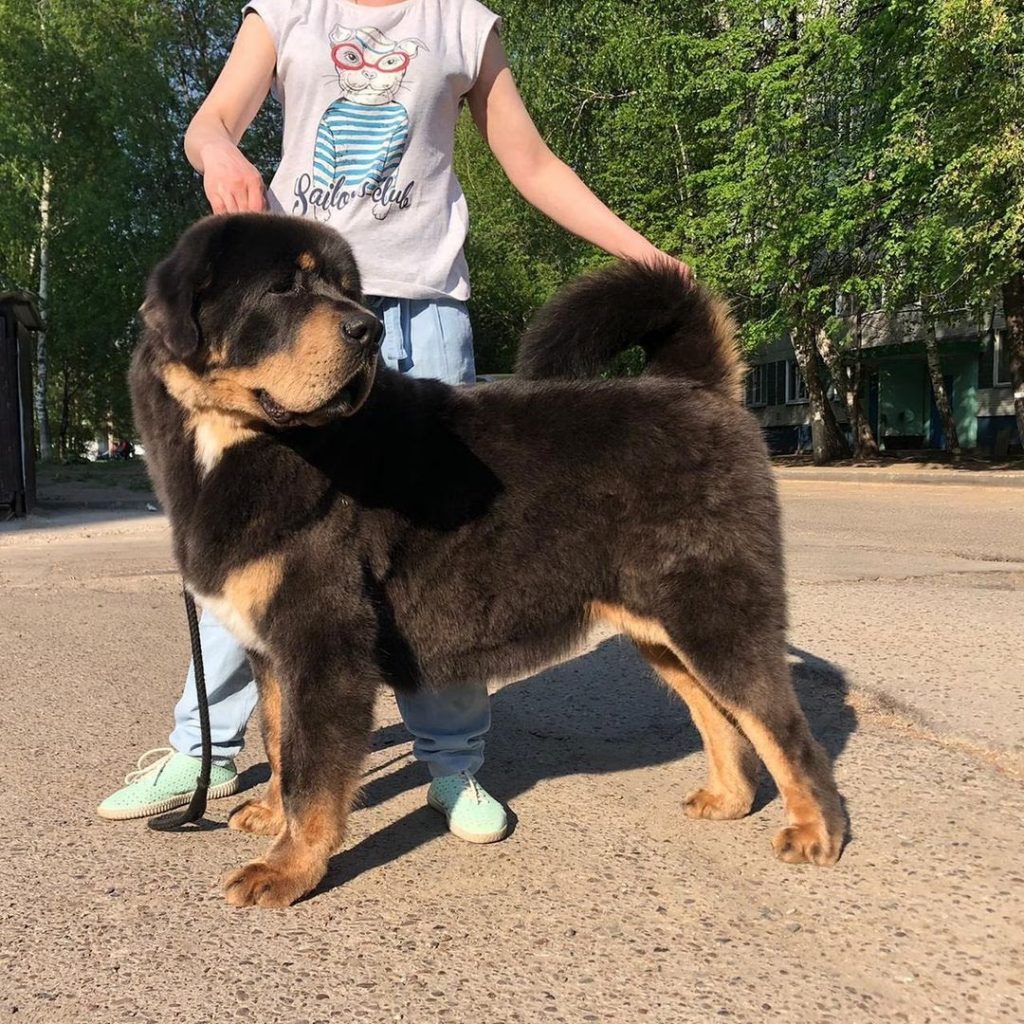

Known for its humongous size, the Tibetan Mastiff is a large dog with incredible proportions. At a minimum, he can be 24 to 26 inches tall and can be 70 to 150 pounds in weight. He embodies a powerful persona since he is a canine version of an adult male lion thanks to its distinguished mane around its neck.
His paws are often described as cat-like yet all four are heavy and deadly. He is fit and his skin is not loose at all. His head is large and broad, the eyes brown, and the muzzle square. He is double-coated and often fluffy-looking. Harsh cold climates can’t beat him due to his coat quality. Meanwhile, his tail curves from the back and it has to be feathery, dense, and well-covered with hair.
There are various coat colors found in this Mastiff breed. The common ones you’d see are:
- Black
- Black & tan
- Cream
- Brown
- Brown & tan
- Red gold
- Blue-gray
- Cream sable
Temperament
Rottweiler
Confident and fearless. The Rottweiler doesn’t fear anyone. He’ll protect his family at any cost no matter if the opponent is much larger than him. But, despite this image, this Mastiff can be clownish and he knows how to have fun. He’s laid-back with his loved ones and would follow his favorite person anywhere.
Of course, his territorial instinct remains. Socialization must be done early so he’d know how to behave around people and pets. Other more training is vital as well so he’d grow up to be nice and less aggressive. Teach him when to act territorial and when he should drop his guard for a mutually happier and safer environment.
Tibetan Mastiff
The Tibetan Mastiff is not ideal for first-time owners. Although he gets along well with his family, the time you’d see his extreme stubbornness is during training. He likes to act on his will and refuse your commands. His independent nature is overpowering, however, someone who is firm and authoritative can milden this up.
When he’s not learning drills, the Tibetan Mastiff can be seen dozing off during the day. Don’t take this as a form of laziness, because this dog is nocturnal. He’ll be alert and awake by night, protecting your family from any potential harm that may occur during the time of rest.
He’ll get along with your kids provided they know how to gently handle the dog, but as for strangers, socialization and proper introduction is necessary.
Exercise Needs
Rottweiler
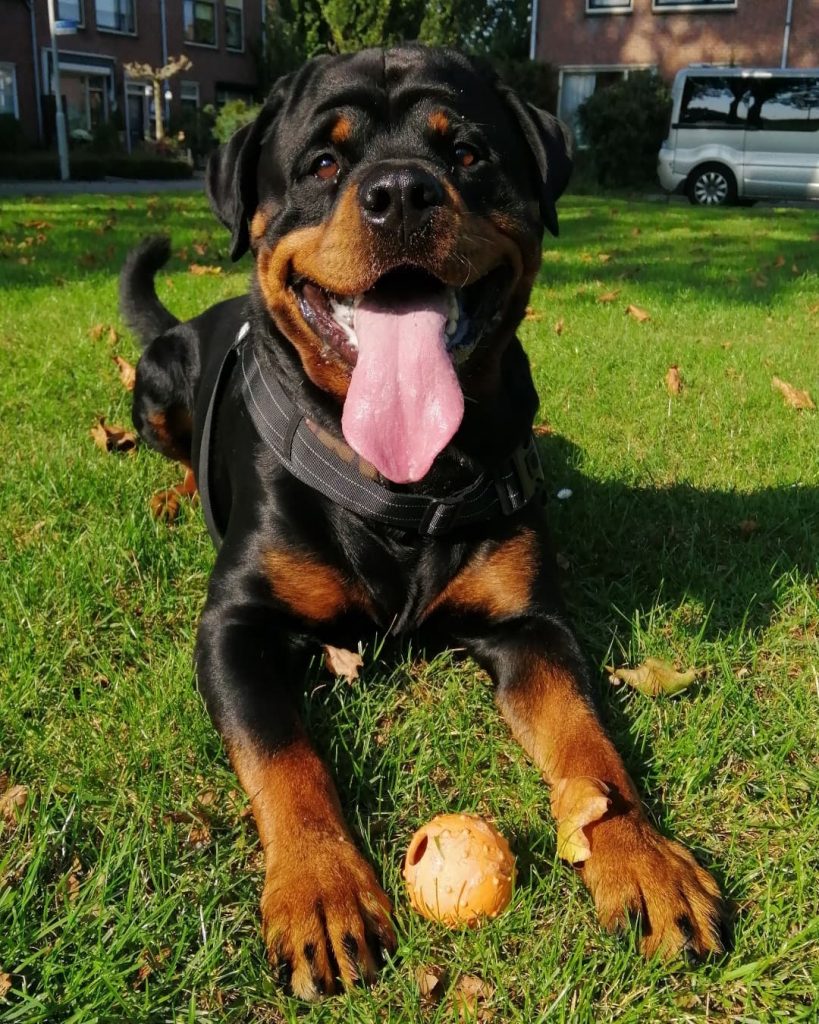

Let your dog out for a 2-hour exercise daily to keep him from being destructive. He’s also prone to obesity, so bringing him out for a walk will keep his weight down. Since this dog is agile, obedient, and intelligent, you have to structure his drills well. Encourage him to maintain his vigor so he’d reach his maximum potential as a dog. Of course, identify the level of energy the Rottie has so you can give him the right length of time for his exercise.
Tibetan Mastiff
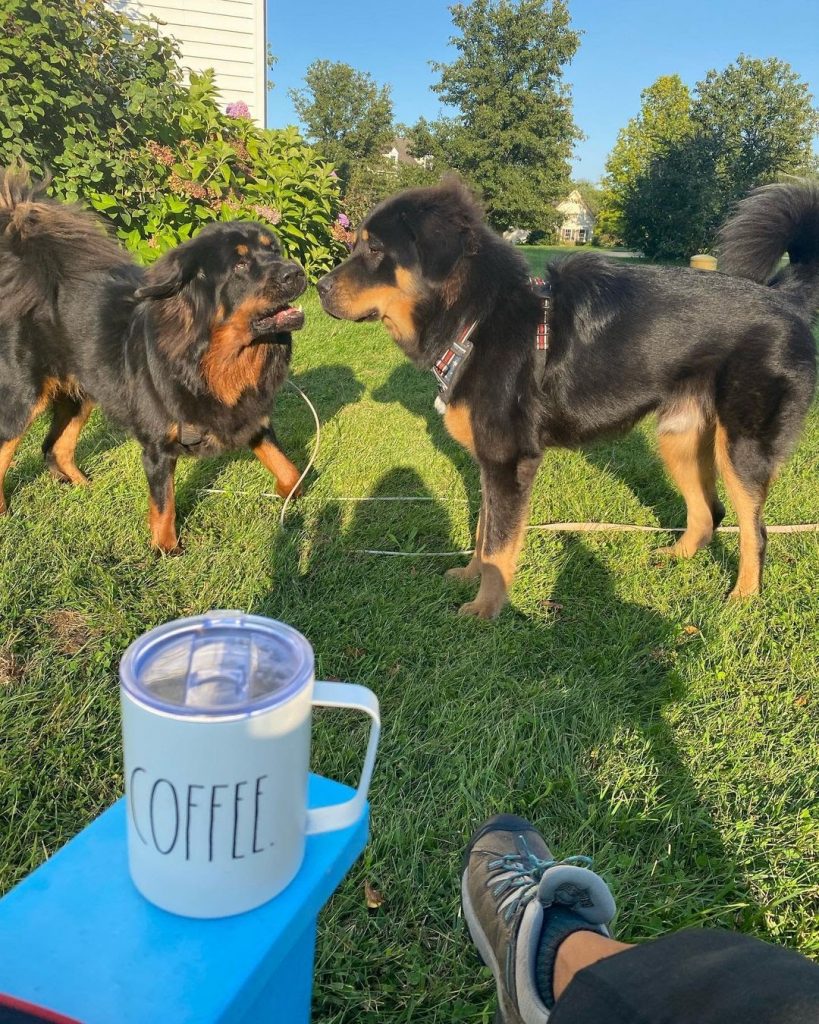

Be aware that the Tibetan Mastiff is usually active early in the morning and evening. These are the perfect times when you can take him out for exercise. If your schedule cannot align with his, this breed might not be right for you.
If it does align, give him an hour each day divided into smaller sessions to sweat off. This will boost his mental state and improve his physical health. Get creative with his activities if you can. Letting him play with other dogs is a good thing as long as they all interact positively. His playmates should be of the same size to avoid mishaps.
Grooming Requirements
Rottweiler
A weekly brushing using a bristle brush is enough for the Rottie since he only requires minimal grooming due to his short coat. Use a damp towel and wipe it down on his coat to keep its condition and quality superb and vibrant. His nails grow very quickly so trimming needs to be done often. The teeth and ears are also areas of concern that would need regular check-ups.
Tibetan Mastiff
You don’t have to exhaust yourself in brushing the Tibetan Mastiff daily! A weekly schedule would be enough in controlling his hair fall. If ever he sheds heavily, that’s when you’d know his body is already blowing off his entire coat which happens once a year. That’s when you have to frequently run the comb throughout his body and bathe him to speed up the process.
Health Problems
Rottweiler
The Rottweiler is prone to health problems despite being considered a generally healthy breed. He can live for up to 10 years depending on his health. Some conditions that can impact his health are:
- Hip Dysplasia
- Aortic Stenosis
- Osteosarcoma
- Torsion
Tibetan Mastiff
The Tibetan Mastiff has an estimated lifespan of 10-12 years. He may live shorter if certain diseases struck him and nothing is done to treat them. Be aware that he’ll be prone to various kinds of complications like the following, so bring him to the vet regularly:
- Osteochondrosis Dissecans
- Canine Inherited Demyelinative Neuropathy
- Hip Dysplasia
- Heart Conditions
Breed Popularity
The American Kennel Club’s breed popularity ranking currently puts the following dog breeds in their respective orders out of 200 dog breeds:
Rottweiler: 8th
Tibetan Mastiff: 131st
Which Dog Should I Go For?
There are subtle differences regarding these two Mastiff breeds. The Tibetan Mastiff’s energy level surges at certain times of the day while the Rottie isn’t that nocturnal at all. They have varying lifespans as well as different training needs and intelligence levels. The size difference is worth noting too. Determine which one can your lifestyle accommodate by creating a checklist. Doing so will help you choose the right dog breed!
